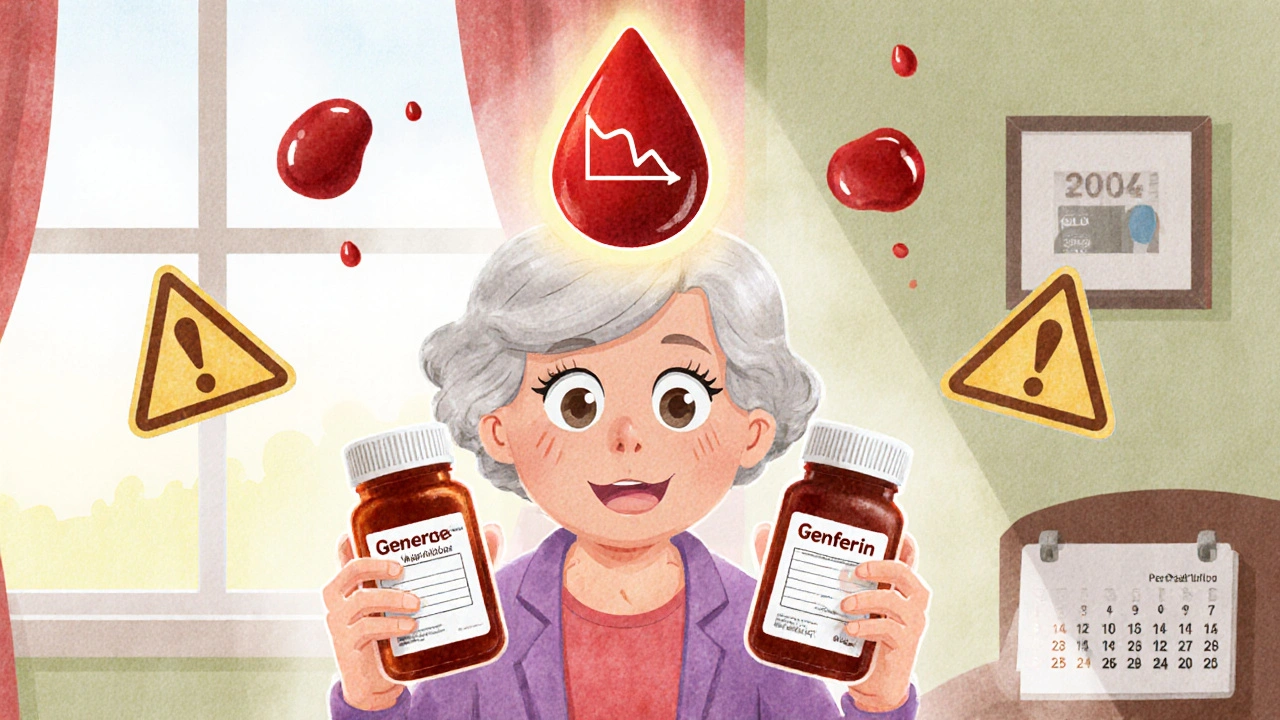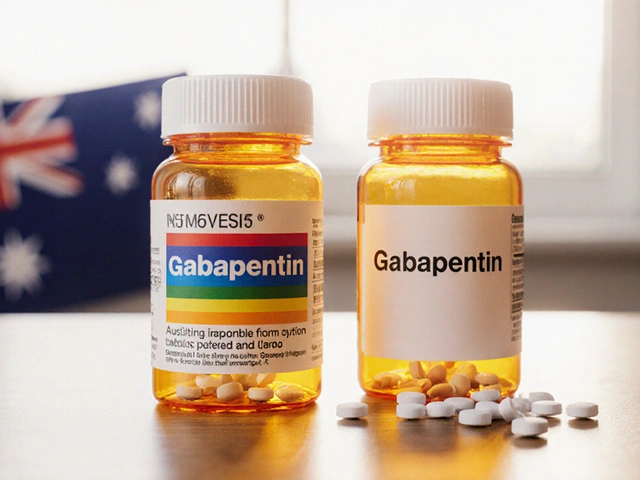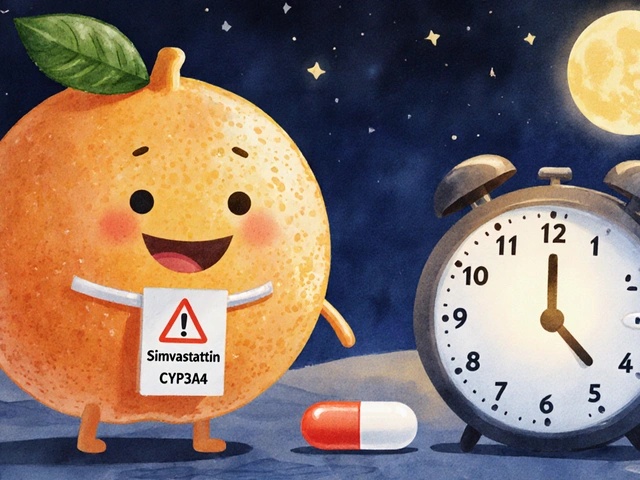TDM: Therapeutic Drug Monitoring Explained with Real-World Examples
When you take a medicine like TDM, Therapeutic Drug Monitoring is the process of measuring the concentration of a drug in your bloodstream to ensure it’s working without causing harm. Also known as drug level monitoring, it’s not just for hospital patients—it’s a quiet but critical tool used every day to keep people safe on powerful medications. Think of it like checking the fuel gauge in your car. Too little, and you won’t reach your destination. Too much, and you risk a breakdown. That’s exactly what TDM does for drugs like warfarin, methotrexate, or epilepsy pills.
Not all meds need this kind of tracking, but for the ones that do, getting the dose just right can mean the difference between feeling better and ending up in the ER. For example, warfarin, a blood thinner that requires precise dosing to prevent clots without causing dangerous bleeding, is one of the most common drugs monitored this way. Too little, and you’re at risk for stroke. Too much, and you could bleed internally. TDM helps doctors adjust your dose based on actual numbers, not guesswork. Same goes for methotrexate, a drug used for autoimmune diseases and cancer that can damage your liver or bone marrow if levels climb too high. Regular blood tests let your doctor know if you’re in the safe zone.
It’s not just about safety—it’s about effectiveness. Some people metabolize drugs faster than others. A standard dose might work perfectly for one person and do nothing for another. That’s why TDM is so valuable. It removes the trial-and-error approach. If your seizure medication isn’t working, your doctor doesn’t just up the dose—they check your blood level first. Same with antibiotics, like vancomycin, used for serious infections where underdosing can lead to resistant bacteria. TDM turns guesswork into science.
You won’t see TDM mentioned on your prescription label, but if you’re on a high-risk drug, it’s probably happening behind the scenes. It’s not a one-time test—it’s often repeated over weeks or months as your body changes, your diet shifts, or you start new meds. That’s why you’ll find posts here about how grapefruit affects statins, why folic acid is needed with methotrexate, or how to manage side effects of GLP-1 agonists. All of these connect to the bigger picture: your body’s unique response to medication. TDM is the hidden thread tying them together.
What you’ll find below aren’t just random articles—they’re real-life guides from people who’ve been there. Whether you’re managing warfarin, dealing with nausea from Ozempic, or worried about drug interactions, the posts here give you the tools to understand what’s happening inside your body. No jargon. No fluff. Just clear, practical info that helps you ask the right questions and stay in control of your treatment.




